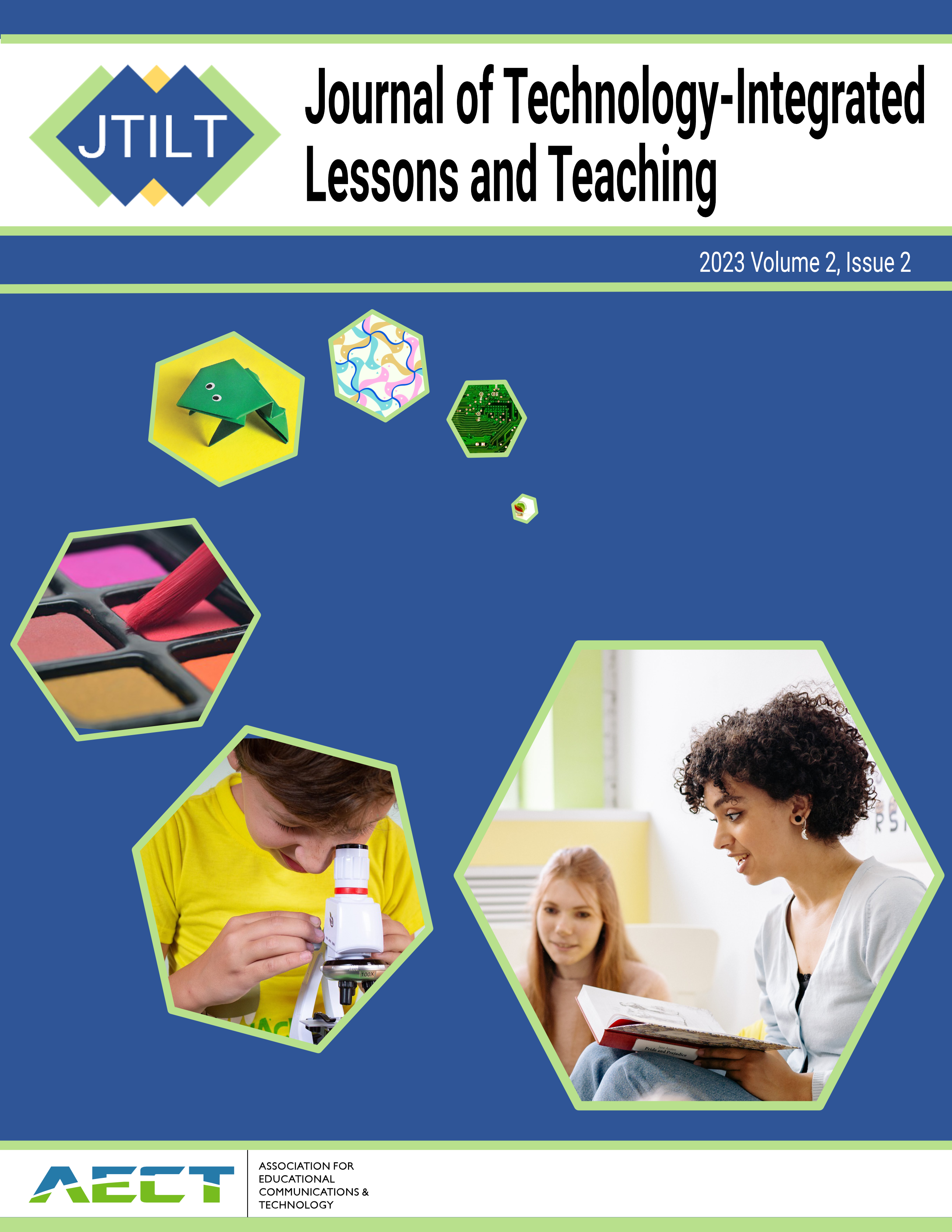Virtual Roller Coaster Design
Main Article Content
Abstract
This lesson offers a technology-enriched educational experience for 10th grade students that focuses on applying geometry, trigonometry, and physics. Students design a virtual roller coaster by applying geometric shapes (e.g., circles, triangles, and polygons), trigonometric ratios (e.g., sine, cosine, tangent), and physics principles (e.g., forces, energy conservation, motion dynamics).
Students are challenged to make simulations that reach a height of 100 feet, a track length of 1000 feet, and incorporate one or more loops. They explore concepts like the Pythagorean Theorem, circular motion, and centripetal forces. Assessments focus on precision and creativity, presentation effectiveness, and depth of reflective discussions.
Downloads
Article Details

This work is licensed under a Creative Commons Attribution-NonCommercial-ShareAlike 4.0 International License.
